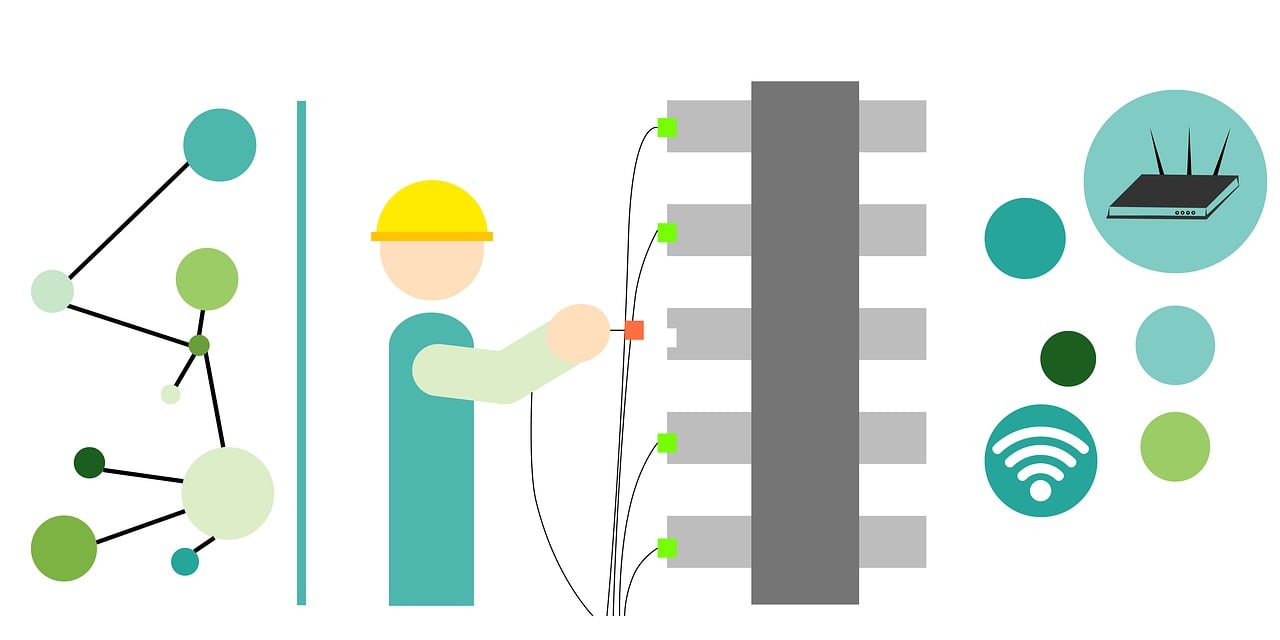The history and evolution of video streaming
Video streaming refers to the delivery of video content over the internet in real-time, without the need to download it first. The first instances of video streaming date back to the 1990s, when the now-defunct technology company Progressive Networks launched RealPlayer, which allowed users to stream audio and video files over the internet.
In the early 2000s, the popularity of online video content exploded with the advent of YouTube, which allowed users to upload, share, and view videos online. This platform popularized the use of video streaming technology, which soon became a standard for other video-sharing platforms, such as Vimeo and Dailymotion.
With the rise of high-speed internet and advancements in encoding and compression technology, video streaming quality has improved dramatically. The introduction of adaptive bitrate streaming, which adjusts the video quality based on the viewer's internet connection, has further improved the viewing experience for users.
The evolution of video streaming has also been driven by the growing demand for on-demand video content, leading to the rise of video-on-demand services such as Netflix, Hulu, and Amazon Prime Video. These services allow users to stream TV shows and movies at any time, without the need for a cable or satellite subscription.
In recent years, live video streaming has become increasingly popular, with platforms such as Twitch, which allows users to live-stream video games and other content, and Facebook and YouTube, which have integrated live streaming into their platforms.
Overall, video streaming has come a long way since its inception in the 1990s. With advancements in technology and the growing demand for video content, it's safe to say that video streaming will continue to evolve and shape the way we consume and experience video content.
















